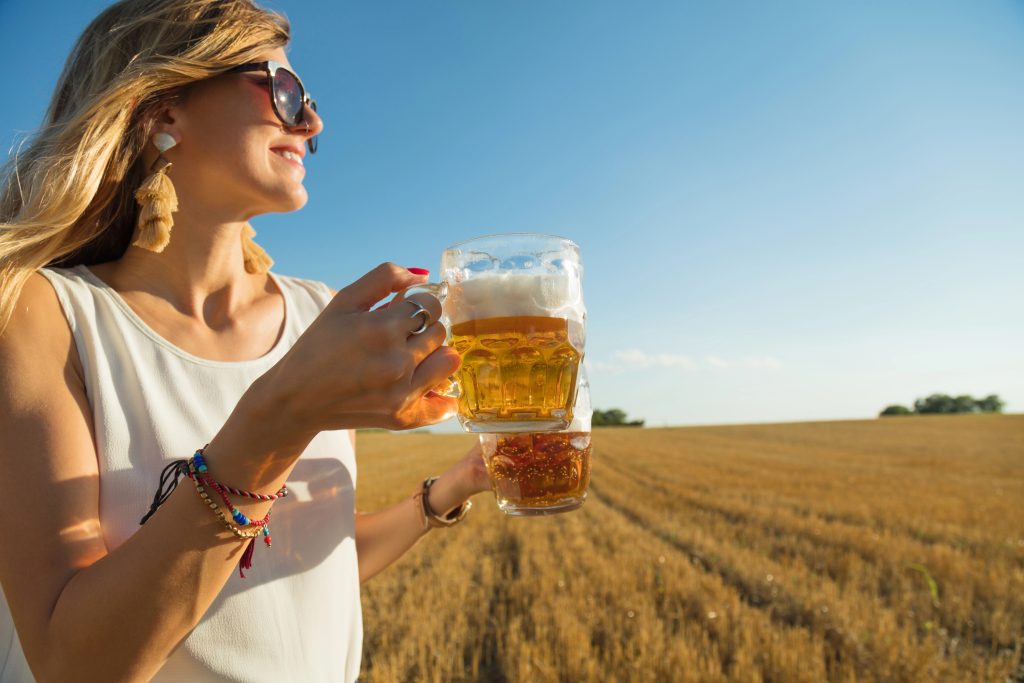
Could the key to stronger bones or a healthier heart be lurking in your favorite pint glass? For decades, red wine has stolen the health headlines, but beer yes, beer has a tale to share. With roots dating back thousands of years and a seat at tables around the globe, beer is more than just a social buddy to pizza night. But what does the real story say if you make it a daily part of your routine?

New research and expert opinions are turning on its head what we used to believe about the health implications of moderate beer consumption. From heart benefits to hydration tricks, and even a few surprise threats, here’s what health-aware adults and beer enthusiasts should know before twisting open a cold one each night.

1. The Actual Meaning of ‘Moderate’ Beer Consumption
Let’s dispel the myth: moderation is all. In moderation, says registered dietitian René Ficek, R.D., that is one beer daily for women and two for men. That’s 12 ounces per serving. Why two servings for men? As MD Anderson senior clinical dietitian Victoria Lee puts it, “Women are typically smaller and metabolize alcohol more slowly than men.” That means women feel the immediate and cumulative effects of alcohol more profoundly. Exceeding these thresholds can rapidly transform possible benefits into significant health hazards, so check your numbers.
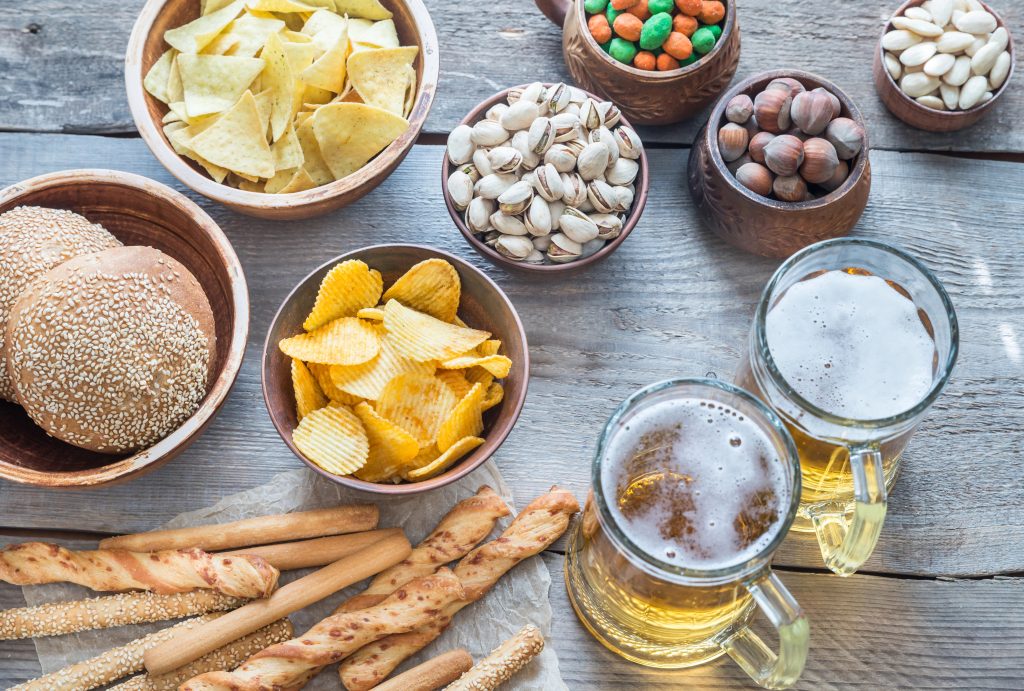
2. Beer’s Hidden Nutrients: More Than Empty Calories?
Beer is not empty bubbles and carbs. Particularly in dark ales and stouts, there is a combination of antioxidants known as polyphenols, B vitamins, magnesium, potassium, and a special mineral: dietary silicon. Silicon is a bone standout, and beer is among the richest sources in the diets of Westerners, with approximately 7 mg per 12-oz serving. According to the Framingham Offspring Osteoporosis Study, the mineral is extremely bioavailable, so your body can actually utilize it. And beer’s polyphenols could protect against heart disease, making it slightly more beneficial than other alcoholic beverages.
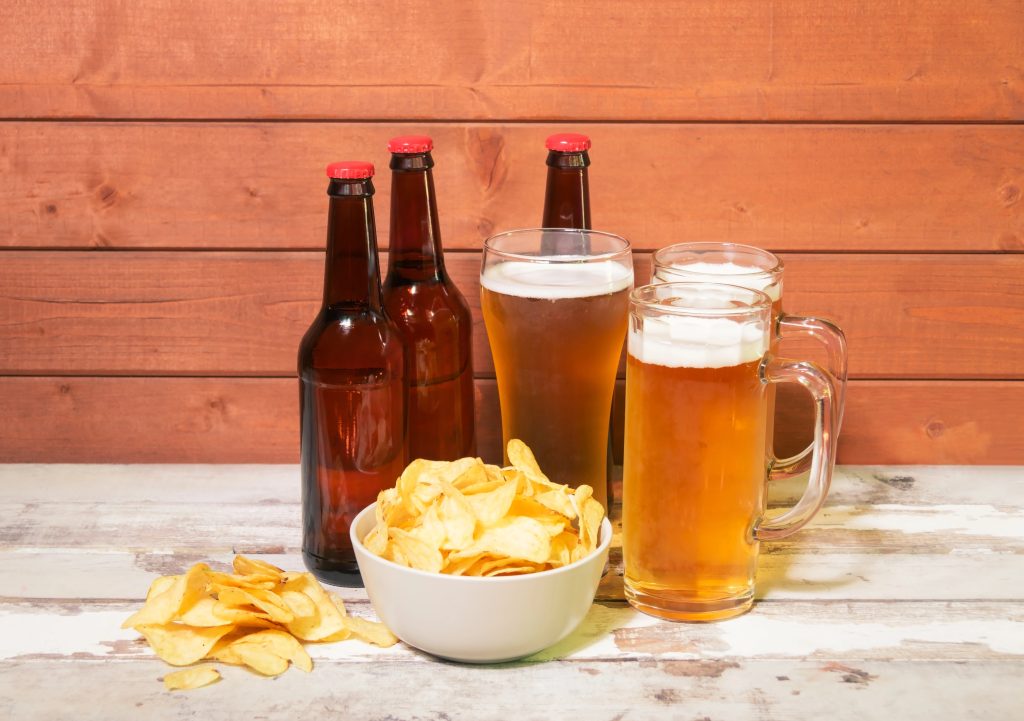
3. Beer and Bones: What Science Truly Reveals
Is your evening beer doing your bones a good turn? Moderate beer drinking has been suggested by some research to be associated with increased bone mineral density (BMD), particularly in older men and postmenopausal women. The Framingham Offspring Osteoporosis Study discovered that individuals who consumed 1–2 beers per day had between 1% and 7% greater BMD at some sites than non-drinkers. Silicon and plant phytoestrogens in beer could be factors, though. But a two-year Spanish clinical trial, published recently, revealed that although moderate beer (with or without alcohol) raised bone formation markers, it did not actually prevent age-related bone loss in early postmenopausal women (see study). The moral of the story? Beer could be beneficial, but it’s no magic bullet particularly for women in the early years after menopause.
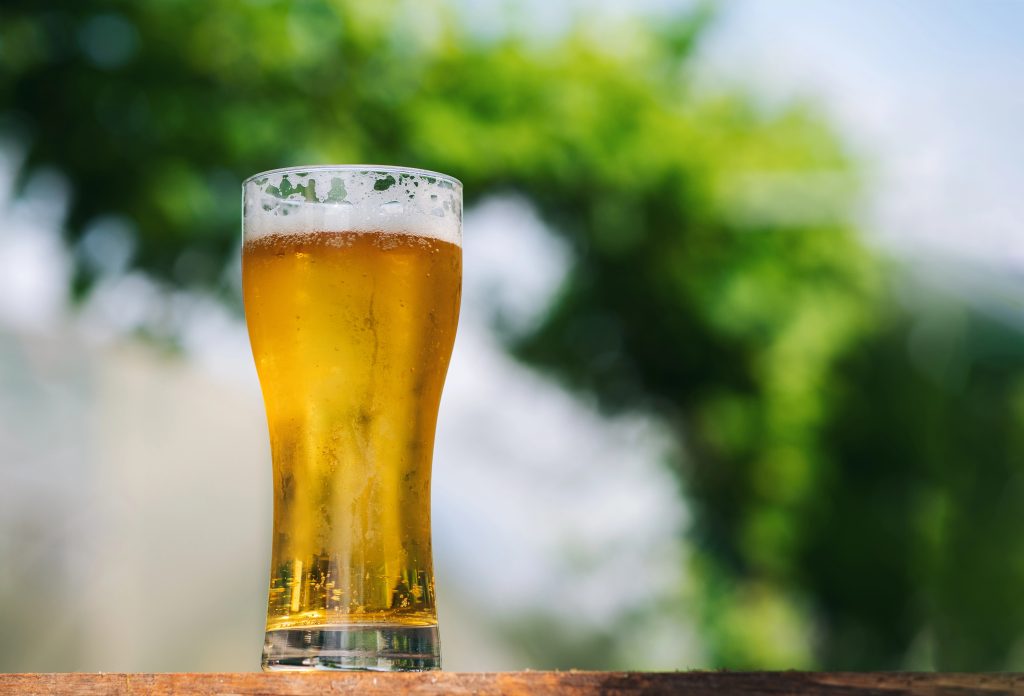
4. Cancer Risk: The Uncomfortable Truth
This is where it gets serious. Even moderate drinking has been associated with a higher risk of a number of cancers, such as breast, colorectal, oral, and liver cancer. The National Institutes of Health approximates that approximately 5.5% of all new diagnoses of cancer are alcohol-related. “Every time you drink, you increase your cancer risk,” according to Dr. Therese Bevers of MD Anderson. Just like with processed meat and cigarettes, there is no safe level of booze.” Beer’s culprit is ethanol, not what you’re drinking. Reducing your consumption even one drink a week can reduce your risk, but the best bet for cancer prevention is to abstain altogether.
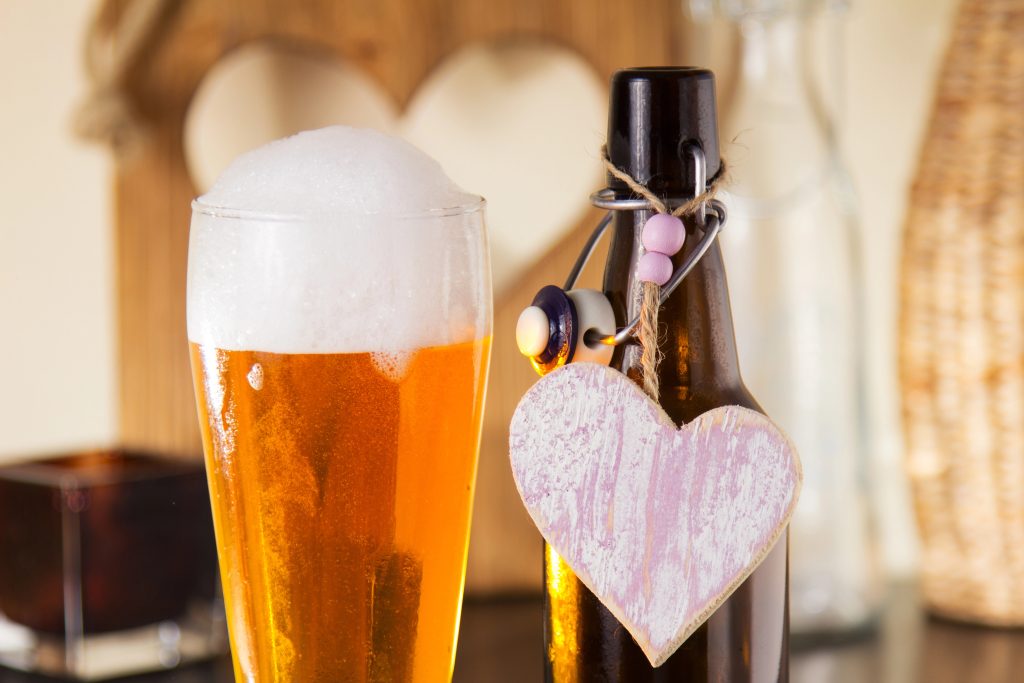
5. Beer and Heart Health: Not the Miracle You Hoped For
Moderate drinking was once believed to help shield the heart. But the new studies reveal the tale isn’t so straightforward. Whereas a few studies discovered that moderate beer consumption can increase ‘good’ HDL cholesterol, overall benefits are small and easily trumped by the dangers of greater consumption. As the Mayo Clinic indicates, “After further review of the research, that doesn’t appear to be true.”. Overall, physical activity and a good diet benefit your health much more than alcohol and have been more widely researched”. Don’t yet replace your salad with a lager, then.
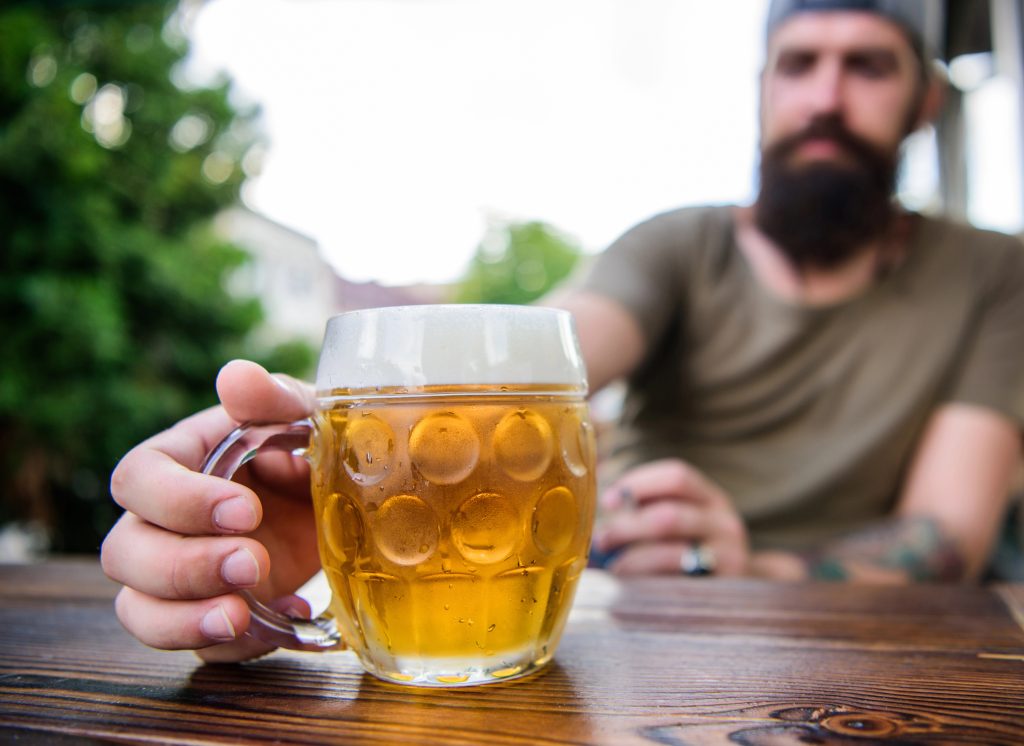
6. Beer After Exercise: Hydration Hype or Health Hazard?
The post-workout beer culture is going strong, but does it work to aid recovery? A Spanish study found that drinking up to 660 mL of beer (about 22 ounces) after exercise in the heat did not negatively affect hydration markers compared to water alone (study link). However, experts like Ficek caution that beer is a diuretic and not an ideal recovery drink. It can contribute some carbs and antioxidants, but you’ll still need to rehydrate with water and refuel with a balanced meal. The bottom line: have a cold one if you want, but don’t expect it to replace your post-workout smoothie.

7. The Drawbacks: Weight Gain, Sleep, and Addiction
Let’s discuss trade-offs. Beer is calorie-rich, and those daily sips can quietly accumulate to weight gain—one of the largest risk factors for more than a dozen forms of cancer. Drinking regularly can also disrupt your sleep, dehydrate you, and, for others, lead to dependency. As Ficek puts it, “Consuming beer in moderation can fit into a healthy diet, but daily consumption isn’t recommended for everyone, especially those with certain medical conditions or those taking medications that interact with alcohol.” If you’re struggling to limit your intake, it’s a sign to check in with a health professional.

Beer can be enjoyed as part of a healthy life, but it’s not a health food and certainly not a quick fix for wellness. The most effective benefits arrive in moderation, self-knowledge, and a healthy dose of realism about the dangers. For those who enjoy their ale, the most intelligent thing to do is appreciate it mindfully, combine it with healthy lifestyles, and never forget the overall picture: real wellness is about balance, not what’s in your cup.


